
by admin | Aug 18, 2022 | Blog
It is true that charcoal powder toothpaste, might aid in removing tooth surface stains. Additionally, brushing with Activated carbon can help eliminate tartar and light stains because it is moderately abrasive. However, there is no proof that its dentifrice whitens teeth naturally or has any effect on stains that are underneath the enamel of the teeth.
A level of “cleaning” is achieved when using Activated carbon as instructed, according to all available evidence, and it is safe to use on teeth in small dosages.
The effects of its toothpaste need to be studied more thoroughly. Perhaps you’ve noticed that there are a few new toothpaste options available. One of the greatest trends right now is Activated carbon toothpaste, which can be purchased in the toothpaste section with your traditional favorites. This popular beauty component is now accessible in retail face washes and masks.
Too abrasive for everyday use
Although Carbo Vegetabilis powder for teeth is a moderate abrasive, it is still far too abrasive for frequent use and could harm the teeth’s enamel. Your teeth might appear more yellow and become more sensitive as a result of this.
How we can avoid out enamel from being sensitive
You should definitely use fluoride. Fluoride contributes to solid tooth enamel, which in turn guards against cavities and rotting.
Most of the Activated carbon don’t have fluoride options in it. Staining might happen. The edges of teeth can become grey or black from Activated carbon particles that become lodged in the small gaps. If you undertake this, it can have the exact opposite result of what you want!
Has it long term effects?
The long-term impact on teeth and dental restorations like veneers or bridges is unknown as its use as a toothpaste is still a relatively new trend.
In a nutshell, benefits of using Carbo Vegetabilis toothpaste include
- It might aid in removing tooth surface stains.
- It might help with bad breath.
- When applied infrequently after a professional cleaning, it might prevent discoloration.
The drawbacks of using toothpaste with Activated carbon include
- The abrasiveness could weaken the enamel on teeth.
- Under-the-enamel stains cannot be cleaned
- zero fluoride (which helps prevent cavities and tooth decay).
- Older teeth and dental restorations may discolor.
- Safety and long-term effects are unknown.
Be cautious if you want to use Activated dentifrices despite how common they are. Although some surface stains may be easier to remove, the long-term effects are still unknown.
Using charcoal in food
Not all forms of vegetable Activated carbon can be use to make food. Vegetable carbon black should have particles that are no larger than 8000 mesh in order to be used in food production.
The mesh number is a measurement of particle size. The particles are finer when the mesh number is higher. Particle sizes for Activated carbon powder used in dentifrice range from 5000 mesh to 3000 mesh, although these meshes cannot be used in food.
Using the unique “bamboo Carbo Vegetabilis C active ions” technique, bamboo Activated carbon dentifrice extracts diamond-grade bamboo Carbo Vegetabilis C active ions from bamboo charcoal under high pressure and temperature. Diamonds (also known as diamonds) are compose of charcoal atoms, much like carbon.
The difference is that diamond has a three-dimensionally networked structure, whereas Superchar has a planar layered structure.
Modern technology and sciences
Because of the difference in structure, even though the ingredients and origin are the same, the performance and value are very different.
By using high temperatures (above 1000 degrees Celsius) and high pressures (900 atmospheres), modern science and technology can turn Superchar into diamond. Specifically, they can break the structural chain of Superchar and open the bonds between its atoms, then they can absorb enough energy to transform it into diamond structure, turning carbon into diamond.
Since bamboo charcoal active C ions, which are extract from bamboo charcoal under high pressure and temperature, make up the majority of bamboo charcoal dentifrice, it is now toothpaste of the highest quality.
Click here to give us order right now.
Learn more about our products click here.

by admin | Aug 10, 2022 | Blog
Phycocyanin is a pigment in spirulina. Regarding phycocyanin content in spirulina is an intensely blue protein-pigment complex that belongs to the phycobiliprotein (PBP) family. PBPs construct the phycobilisome (PBS), a peripheral auxiliary light-harvesting complex that is put together on the surface of the thylacoid membrane.
Quantity of Phycocyanobilin
Firstly, Phycocyanin is one of the ingredients that could be use. Around 15 to 25 percent of the dry weight of Spirulina platensis’ biomass is made of Phycocyanobilin.
Secondly, One of the pigments made by spirulina is phycocyanin. Phycocyanobilin can be see in liquid phase as a mixture of various complexes, including monomers, trimers, hexamers, and other oligomers with molecular weights of 44–260 kDa.
There are two protein subunits that make up phytocyanin. Therefore, linear tetrapyrrole prosthetic groups (bilin chromophore) carried by each subunit are isomerically distinct and have distinctive double bond arrangements.
How we extract phycocyanin from Spirulina
Following are the process:
- Extract the crude protein from the spirulina by
freezing it for three hours
- To the crude extract, add 80 g/L (w/v) activated
carbon.
- Collect the extract using a vacuum filter with a 0.22
m pore size membrane.
Continued steps:
The yield of C-PC manufacture is 27%, and the total process cost (excluding manpower) is $26.1/kg. 63 percent of the dry biomass that was remaining after C-PC extraction was use to produce bio-crude oil using HTL.
Phycocyanin coloring agent
Phycocyanobilin is an algae-isolated protein that binds pigment and captures light and In China and Japan, phycobilisomes is a common colouring ingredient in dairy and nutritional items such jellies, gums, candies, beverages, and cosmetics.
Moreover Phycocyanobilin is sensitive to light and heat, yet it is a more pure form of blue than gardenia.
Method of purification
By using high pressure and a hexane extraction procedure, phycobilisomes from Spirulina platensis successfully stabilised purify. Because of how fragile this dye is during typical extraction techniques, this was necessary.
This method’s purification yield was estimate at 10.2 percent, which is 3 to 5 percent greater than the figure obtain from another common separation technique that uses phosphate buffer. Based on absorbance of 2.104 at 280 nm and 1.912 at 620 nm, the isolated Phycocyanobilin from this technique also displayed the greatest purity of 0.909.
Units of phycocyanin
Lastly Base on SDS-PAGE analysis, it was discover that two phycobilisomes subunits, namely -phycobilisomes (18.4 kDa) and -phycobilisomes (21.3 kDa), remain from the original mixtures after being extract.
This clearly shows that this process can stably extract phycobilisomes and is not impact by extraction solvent, temperature, etc. By comparing the isolated phycocyanin’s DPPH (diphenyl-picrylhydrazyl) scavenging activity, which demonstrated an 83 percent elimination of oxygen free radicals, the stability of the substance was also validate.
Due to its sensitivity to heat treatment and lack of ability to withstand heat without sugars—preferably fructose—uses phycobilisomes’s as a colourant are restricted. Additionally, pH settings outside of the 5.0-6.0 range cause its blue hue to fade. Phycocyanins are use in the production of candy, ice cream, and other dairy products.
Give us inquiry Right away
Learn more about Santa color products click Check.

by admin | Aug 3, 2022 | Blog
Monascus red is a natural dye made from red yeast rice and extracted using ethanol. Due to its excellent colouring ability and good alcohol-solubility in both water and alcohol, monascus red is frequently used in colouring cooked meat products, cakes, fruit or vegetable juice, protein beverages, carbonated beverages, flavouring beverages (including fruit-flavoured beverages, milk-flavoured beverages, tea beverages, etc.), solid beverages, compound wine, pudding, etc.
A safe and natural pigment Monascus Red is frequently employ in the food industry to raise the calibre of the final product, and the results are excellent.
Whats red yeast rice extract
- A chemical known as RYRE is obtain from rice after it has been fermented with a yeast species known as Monascus purpureus. It has long been utilize as a traditional medicine in China and other Asian nations. Additionally, it is employ as a food ingredient, colourant, and preservative.
- RYRE naturally includes a number of substances that could lower cholesterol levels. These contain several monacolins, monacolin K being the most significant. Additionally, it contains monounsaturated fatty acids, or “good fats,” sterols, and isoflavones.
Best for Health
Red yeast rice, also known as Monascus red, has been consume and use medicinally in China for thousands of years. It is produce by fermenting Monascus purpureus yeast over red rice. Red yeast rice is use in Chinese medicine to decrease cholesterol, enhance blood circulation, and enhance digestion.
Currently employed in the preparation of meat products, monascus pigment is being studied as a potential food ingredient.
The supply is unstable, the production costs are high, and other pigment extraction is constrain by production circumstances and seasons, making it difficult to promote widely. Additionally, because erythromycin is a microbial metabolite and there are few affecting factors, there is a lot of opportunity for effort.
The pigments from Monascus do, however, have issues with safety, sunlight resistance, and water solubility.
When applied to meat products, monascus pigment boosts the added value of the final product. It also works in conjunction with other bacteriostatic agents to improve the effect of red yeast and successfully eradicate its flaws.
The in-depth research on red yeast pigment’s ability to successfully replace sodium nitrite and the growing concern about food safety would fiercely encourage the growth of the meat processing sector, produce large economic and social benefits, and improve the food industry.
What is present in red yeast rice are
- Plant-based compounds called sterols are known to reduce cholesterol.
- Isoflavones are substances regard as phytoestrogens and antioxidants.
- Monounsaturated fatty acids are consider “healthy” fats because they can lower cholesterol.
What it’s Good For
According to numerous research, red yeast rice lowers high cholesterol. However, the majority of the research have utilise a red yeast rice preparation called Cholestin, which is no longer sold in the United States. Cholestin is still available, however, it is no longer made with red yeast rice. Any red yeast product that contains monacolin must be pull off the market, according to the FDA.
The following research backs up the idea that red yeast rice lowers cholesterol
- In one UCLA School of Medicine study, 83 persons with elevated cholesterol participated.
- In comparison to those taking a placebo, individuals consuming red yeast rice for a 12-week period showed decreased levels of triglycerides (blood fats), total cholesterol, and LDL cholesterol. The levels of HDL (“good”) cholesterol remained stable in both research groups.
- Red yeast rice reduce LDL cholesterol in a study that was present to the American Heart Association. 187 participants in the study had LDL and total cholesterol values that were mildly to moderately elevate.
- According to the study, consuming red yeast rice decreased triglycerides by 24 percent, LDL cholesterol by 21 percent, and total cholesterol by more than 16 percent. Additionally, HDL cholesterol increased by 14%.
- Red yeast rice lower cholesterol levels in another 8-week research of 446 patients with elevate cholesterol when compare to placebo.
- In the red yeast rice group, triglycerides decreased by 34 percent, LDL decreased by 31 percent, and total cholesterol decreased by 22.7%. The red yeast rice group also experienced a 20% increase in HDL cholesterol.
Dosage
Red yeast rice should be take in doses of 1,200 mg twice daily with food. In trials, participants noticed their cholesterol levels dropping after roughly 12 weeks.
However, every product examined in the research that showed red yeast rice helped lower cholesterol all contained sizable quantities of monacolin K. Monacolin K is regard as a pharmaceutical product by the U.S. Food and Drug Administration (FDA), which has determine that red yeast rice products that include more than trace levels of it are unapprove novel pharmaceuticals and cannot be sold legally as dietary supplements.
Due to this, the red yeast rice nutritional supplements sold in the U.S. have little to no monacolin K content and possibly no effect on blood cholesterol levels.
Learn more about our products click here.
Give us inquiry click here.

by admin | Jul 25, 2022 | Blog
Grape skin has long been recognize as a source of organic red colours. The polyphenols that make up those organic red pigments are known as anthocyanins.
These grape skin red color, often known as anthocyanins, are mark E163.The grape skin extract, which is taken from specific Spanish red grapes, comes in hues ranging from dark red to violet.
For the food and beverage industry, this natural component is the ideal red and pink substitute for all synthetic colours.
Uses
The grape skin color, one of the greatest natural foods colouring components, is frequently use for:
- Beverages (soft drinks, spirits)
- Desserts with dairy and ice cream (yoghurts)
- Making jams and fruit dishes
- Confectionery
The grape, a natural food colouring for cakes, candies, and dairy desserts, also contains potent anti-inflammatory and antioxidant capabilities, making this natural colouring extract an ideal ingredient for nutraceutical products and novel functional food recipes.
Grape Skin
Alcoholic beverages and beverage bases. Depending on the precise concentration employed, grape skin color gives these beverages a pink to deep purple hue. Grape skin colors typically utilized at very low quantities in foods, with typical final food product concentrations of 0.05–0.1%. According to 21 CFR 73.250, the Food and Drug Administration (FDA) has given the go-ahead for the use of grape skin color at any concentrations that are deemed to be within Good Manufacturing Practices and do not go over what is required to provide the desired colouring effect.
Look no further than us if you’re searching to purchase natural food colouring alternatives made from grapes that are sustainable.Since we are direct manufacturers, we can provide a variety of goods, including some common goods:
- EV2 (liquid)
- liquid EV3 EV12 -24 (powder)
We can ensure the quality of our products and the traceability of our raw materials because we have our own R&D team.
Extract
Several organic and non-organic food products currently employ grape skin extract as a colour component. Grape Skin Extract has been use as a permit non-synthetic ingredient in organic foods under the category of “Colors, non-synthetic sources only,” which is list on the National List under item number 205.605. (a).
However, it has been suggest by the National Organic Standards Board that “Colors, non-synthetic sources exclusively” be permitt to sunset off of the National List in October 2007.
Grape Skin Extract must therefore be list on the National List as a separate colouring component.
Grape Skin Extract fulfills the requirement for an agricultural substance under the present definition due to the minimum processing required in its production.
This petition requests that Grape Skin Extract be listed as a permit non-organic agricultural ingredient under Section 205.606 until a commercially available organic form of Grape Skin Extract is made available to producers of organic foods in the form, quality, and quantity require to meet the demands of the organic industry.
Availability of Natural Food Coloring
One of the top manufacturers and distributors of natural grape extract, particularly grape skin extract, is Santa color. We are one of the major industrial complexes dedicate to producing natural ingredients
What about labelling?
This product’s ingredient statement should be label in accordance with 21CFR 101.22 of the FDA rules. As an example, consider the following examples: fruit juice dyed with colour; coloured with grape juice.
Its Usage
Food In General
Please refer to Chapter 21 of the CFR for the most recent legislation, as there may be limits that only apply to certain food uses. Since laws are not universally harmonised, it is advisable to review regulations for the target market before applying them.
This hue can produce variations ranging from bluish red to purple depending on the application, processing, and quantity used. Higher pH values cause the colour to shift more blue and lose stability.
Give us inquiry click here.
Learn more about our products click here.

by admin | Jul 19, 2022 | Blog
The term "colorimetry" refers to the measuring of colour. In this field, numerous instruments are employ.
The most advanced analyse light according to the amount of energy present at each spectral wavelength, called spectrophotometers.
The emittance curves for light sources and the emerald green paint pigment reflectance curve are typical spectrophotometer results.
A given spectral energy distribution’s colour is challenging to characterise. It is vital to express colour measurements in a perception-related manner since the eye can only distinguish one colour for each given energy distribution.
There are numerous systems, some of which are describe below.
Chromaticity and tristimulus measurements
The tristimulus system is based on visually comparing a colour to the three primary colours of red, green, and blue under controlled settings; the three outcomes are stated as X, Y, and Z, respectively, and are refer to as tristimulus values.
The emerald-green pigment’s tristimulus values are X = 22.7, Y = 39.1, and Z = 31.0. Since they are calculate so that the Y value equals a sample’s reflectivity (39.1 percent in this example) when visually compared with a standard white surface by a standard (average) viewer under typical daylight, these values specify not just colour but also visually perceived reflectance.
The dominant wavelength of the emerald-green pigment is 511.9 nm, and the visually perceive dominant spectral wavelength of a specific sample can be identify using the tristimulus values.
Colour atlases
A scientific way to determine colour is to calculate chromaticity and brightness, however for quick visual colour identification of things. In this system, hue, value (which corresponds to reflectance), and
chroma properties of a three-dimensional colour solid are use to match colours to printed colour chips (corresponding to purity, or saturation).
A 10-step value scale, running from black at the bottom to white at the top, is provide by the central vertical axis.
There are 100 colours, which are organise into 10 groups along the vertical axis. Each group includes 10 subdivisions, each of which is given a number from 1 to 10.
Depending on hue and value, the chroma scale moves radially outward from 0 to 18 steps, starting at the vertical axis. The Inter-Society Color Council-National Bureau of Standards (ISCC-NBS) Centroid Color Charts are a useful system when such precision is not necessary.
Organic colour stability is a complex issue, but it’s essential for pointing clients in the direction of the right direction for their food and beverage goods.
Natural colour stability is influence by a wide range of variables,
Including raw material quality, formulation, food processing, storage, lighting in supermarkets, and customer cooking. Testing guarantees that the formulations used for processing and packaging are reliable and confirm.
We’ll explain how we assess a material’s resistance to heat, light, and acid.
Testing takes 3 Steps
Heat stability
Or periods of extended heat, it is crucial to understand how heat stable they are.
Incubating the colour at a time and temperature similar to the customer’s use will typically determine stability. There are numerous approaches to test heat stability for various purposes. To determine the effects of time and temperature on the colour, the colour is measure using a colorimeter both before and after the test.
Light stability
Customers with translucent or transparent packaging most frequently request the test for light stability in application
Because they want to know if their product will maintain its original brilliance and shade during the retail shelf life.
The optimum light stability test is a real-time test conduct in the final packaging under the same lighting conditions
That the product will be store, such as Cool White UV, DE65 artificial sunshine, etc.
For as long as the product’s desire shelf life, the test is carry out.
Under these circumstances, the colour change can be monitor over time by measuring the product at regular intervals
And using reliable and exact measurements using either absorbance (using a spectrophotometer) or (using a colorimeter).
(Continued light testing)
Accelerate light testing is carry out utilizing high intensity light if real-time testing cannot be done because of a limit development or launch window.
Samples are place in a photostability cabinet similar to the one shown above, which is set to a temperature of 25°C (77°F), with lighting that simulates supermarket circumstances.
This allows us to obtain general light stability data that would ordinarily take a full year to obtain in real time in just 15 hours.
Acid Stability
Another frequently requested test that determines how persistent a natural colour is at various pH levels
And under certain circumstances is acid stability. Although this depends on the customer and the application, an overall test for acid stability can be carried out.
The natural colour is add to solutions at various pH levels in this kind of test. After that, the colour is measure and observe for a predetermine amount of time
—typically an expedit test for quick results or a real-time test for more thorough outcomes.
It is typically thought to have good acid stability if at the end of that time the colour has not fade or precipitate.
The three factors we discuss here—heat, light, and pH—are the three main natural colour stability factors that are examine,
but other stability tests—such as those for alcohol, salt, or taste system tolerance—
can be carry out according to the needs of certain products or clients.
Give us inquiry click here
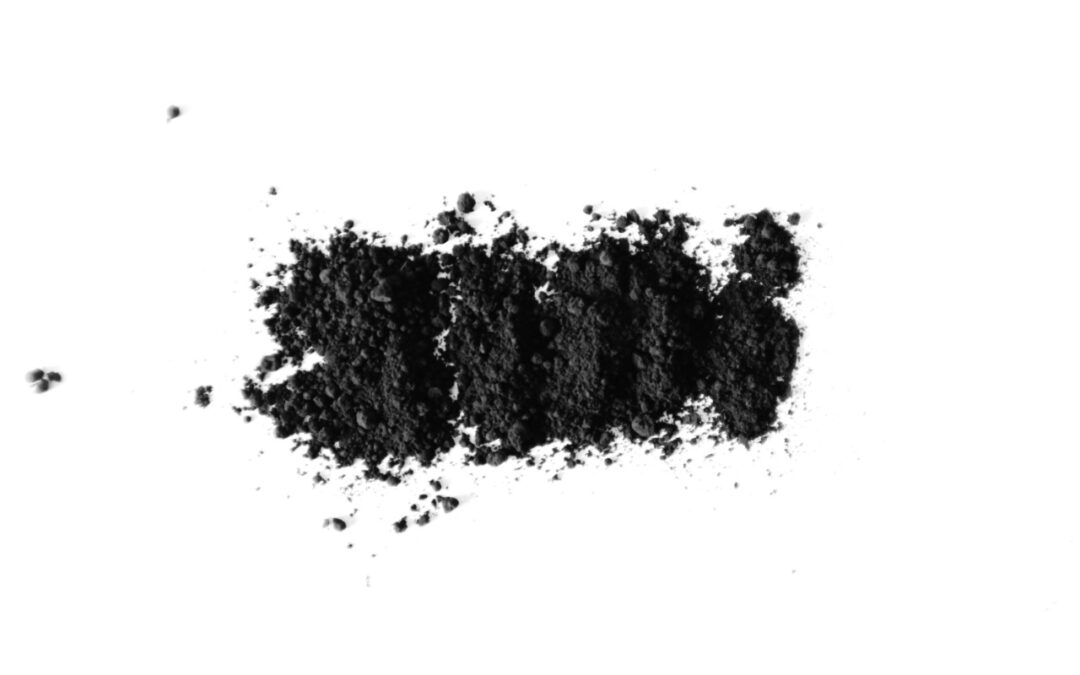




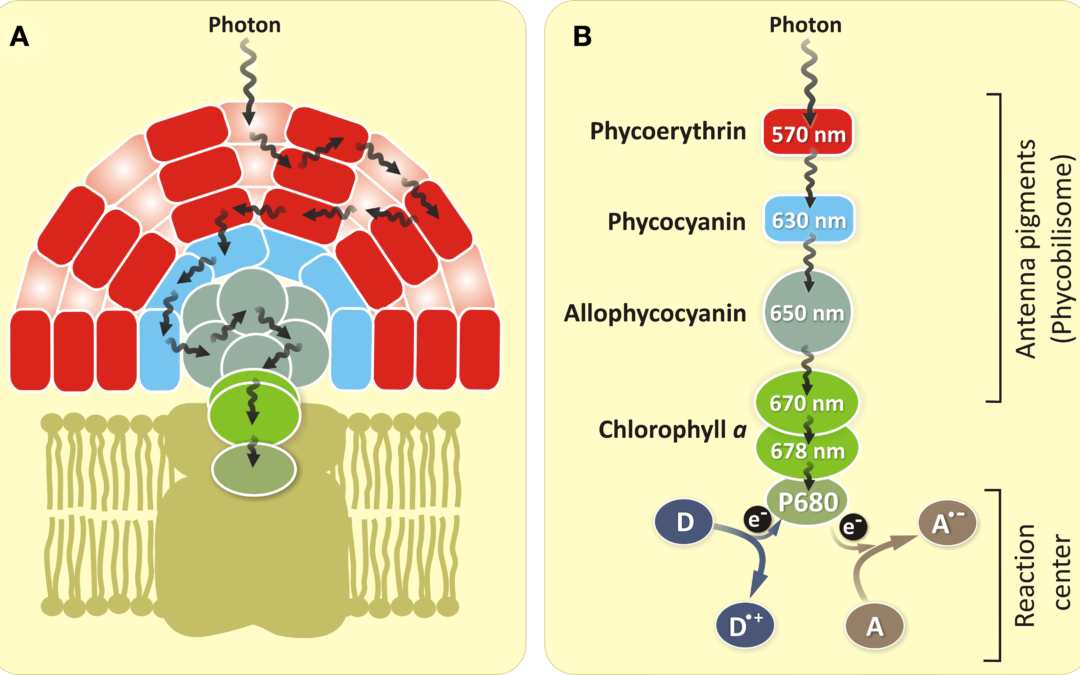
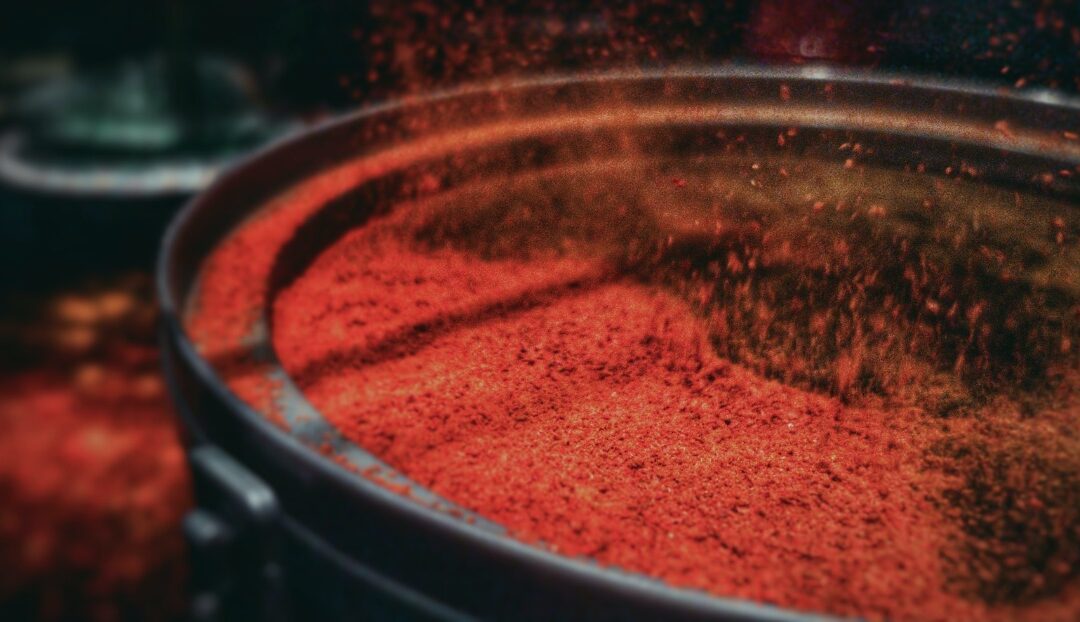


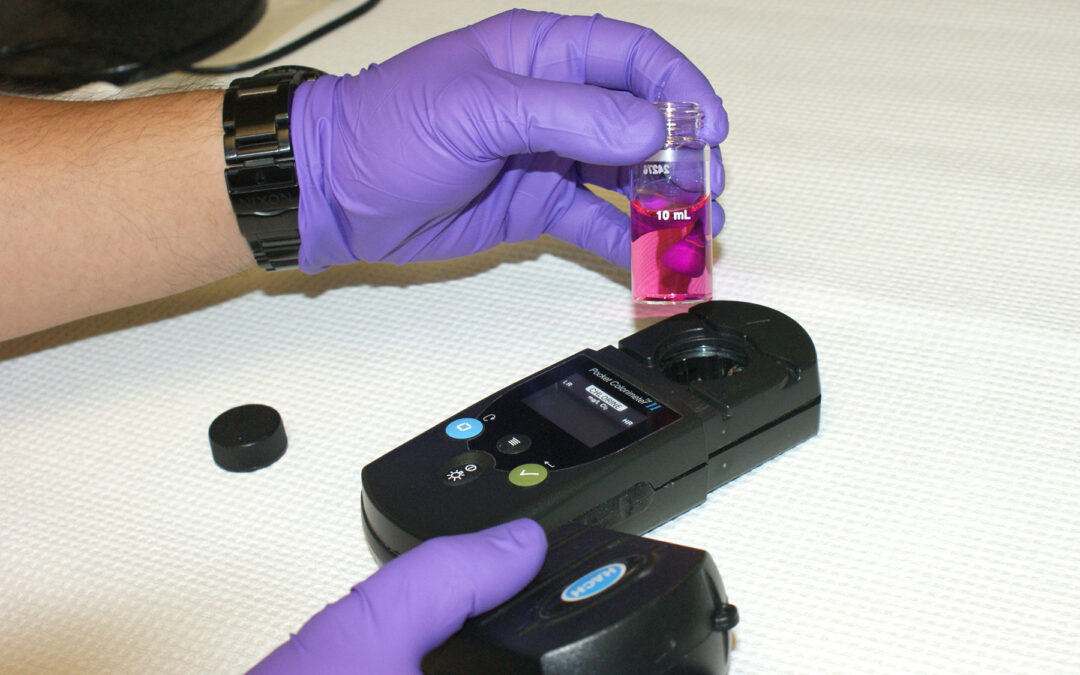
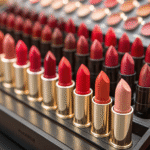
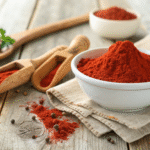
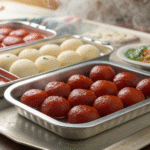
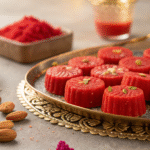
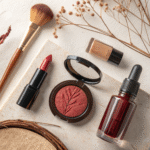
Recent Comments